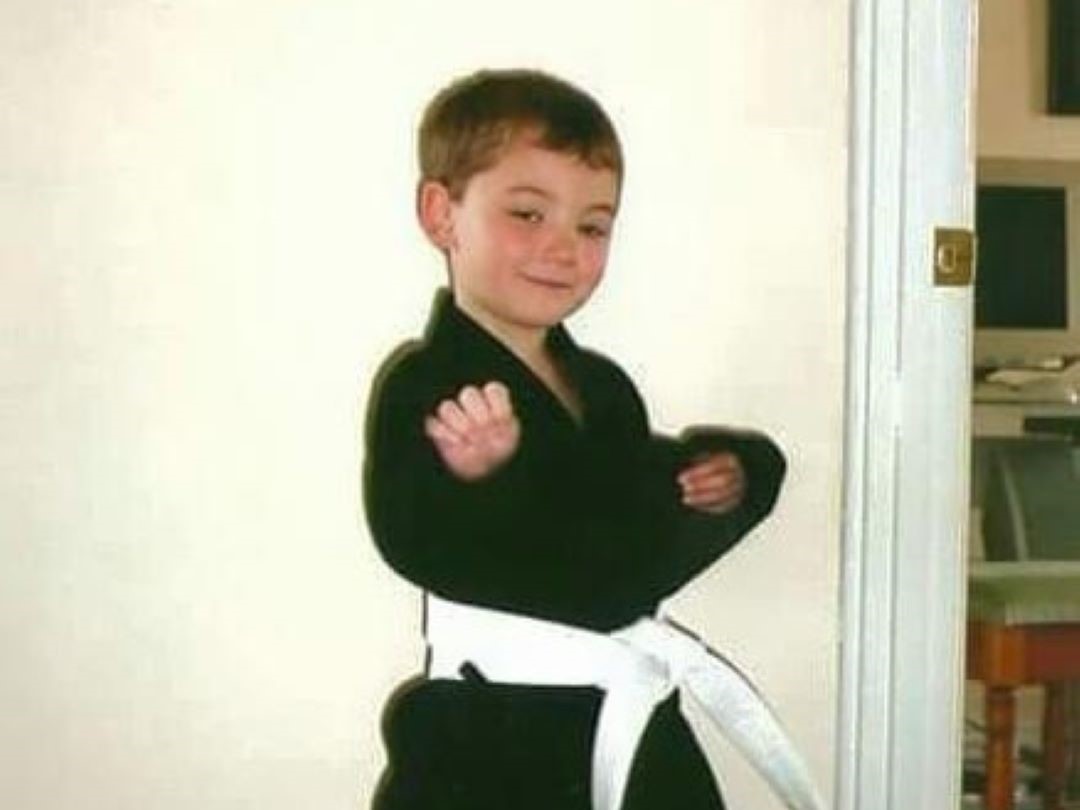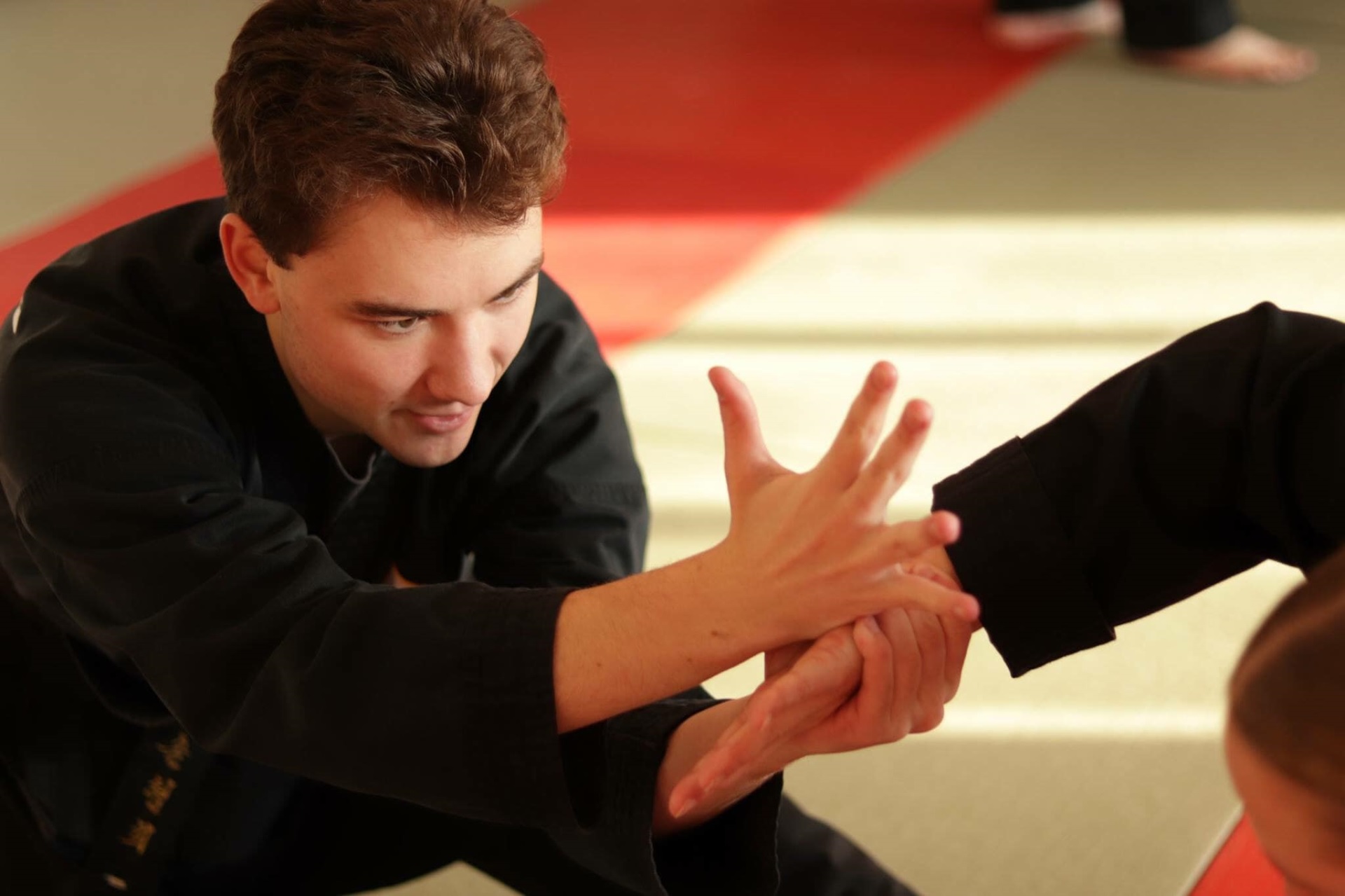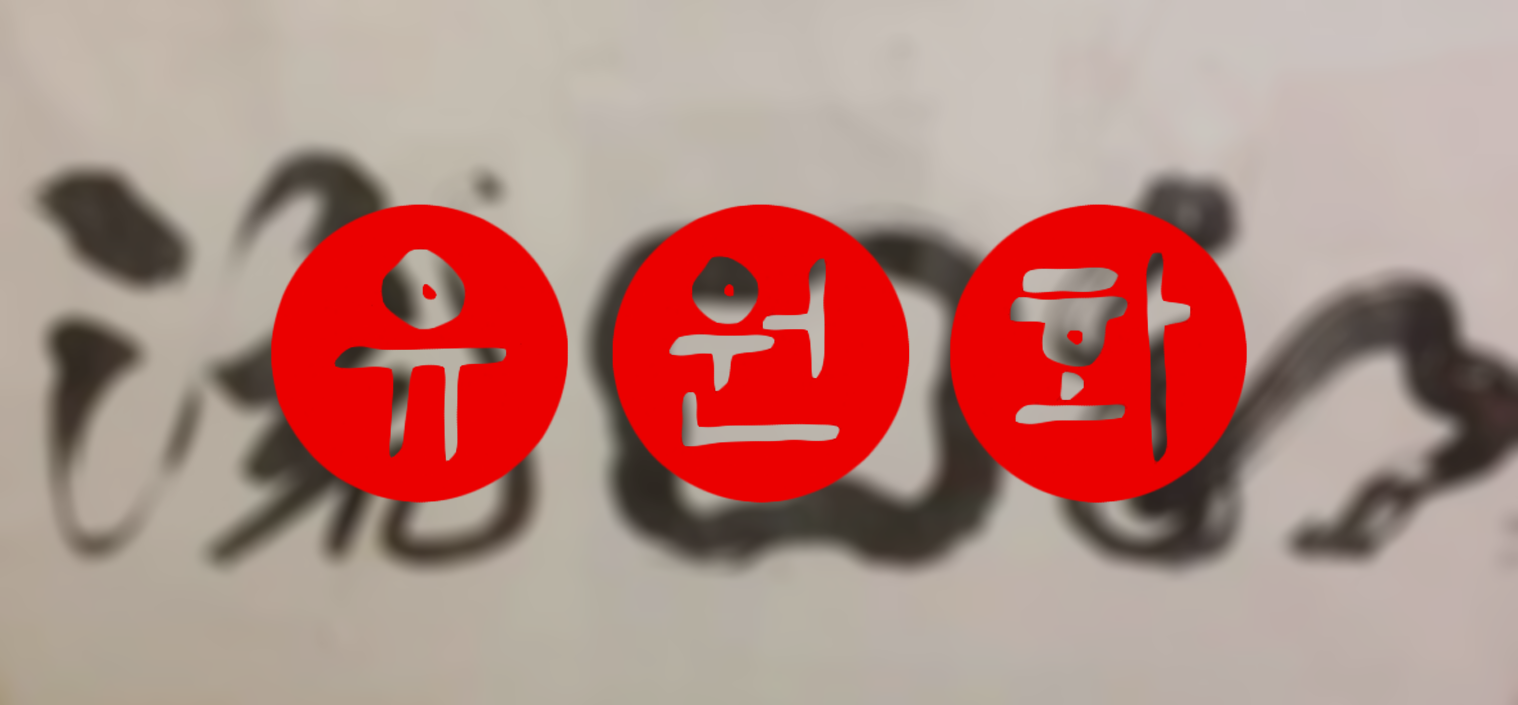In education, several theories of learning are employed to better the effectiveness of teaching practice and to promote better learning for students. Russian psychologist, Lev Vygotsky, was an influential theorist of constructivism in education – building upon the idea that learners do not develop knowledge and understanding from passive reception, but rather they construct an understanding of knowledge through experience and social interaction. One of Vygotsky’s most notable ideas include that of a Zone of Proximal Development (ZPD), which refers to the space between what a learner can do independently, and what a learner is unable to do: the area of development which the learner is capable of reaching through the guidance of a teacher or someone with more knowledge on the topic.
A diagram illustrating the Zone of Proximal Development (ZPD).
Whilst Vygotsky’s ideas typically refer to cognitive development and the effective acquisition of new knowledge, there is also space for the theory to be explored with regards to physical development in martial arts training.
In Kuk Sool, the main vehicle for knowledge acquisition is physical training; even the deeper philosophical ideas such as the Theory of YOU-WON-HWA and exploration of Korean traditions are first presented through how we conduct our movements in traditional forms and self-defence techniques, for example. Whilst Kuk Sool’s curriculum encompasses an immensely diverse scope of ideas and skills, physical training sits at the forefront of it all, and so developing your physical ability is an integral part of progressing in your Kuk Sool journey.
When instructing, be it a whole class or just a small group of students, Vygotsky’s ZPD can be implemented to promote the development of students’ physical ability, thus rendering your teaching practice effective to the development of your students.
In many aspects of martial arts training, students benefit from having greater muscle flexibility, and kicking drills are a great place to develop this. Vygotsky’s ZPD can be implemented here to aid the development of students’ flexibility when kicking, through the use of pads or targets which provide students with a goal – something to aim for when kicking. The holder of the pad is also the holder of responsibility in recognising and utilising the student’s ZPD to aid their development. When holding a pad or target for a student to aim at, the holder can gauge the student’s comfort zone (i.e. the height they can comfortably kick to) through some initial diagnostic kicks, and – from here – the holder can begin to get a feel for the student’s ZPD and begin to push them into it.
The significance of the ZPD comes in two parts: the fact that it is outside of the student’s comfort zone, and the fact that it is achievable. For reasons already alluded to, practising outside of the comfort zone promotes development and progress in whatever is being worked toward. The fact that the ZPD has a top end though is significant and must not be overlooked, because pushing a student beyond their ZPD with unrealistic or unachievable goals in short timeframes can serve as a demotivator and cause frustration, which could in turn negatively affect the student and their development. It is important that students are still able to succeed, in order to stay motivated and to want to progress and develop further. Vygotsky’s ZPD recognises this and thus serves to push students at a steady and realistic pace to allow them to progress.
A more traditional manifestation of Vygotsky’s ZPD in Kuk Sool Won is in the learning and teaching of traditional forms. Consider a newly promoted yellow belt, for example. It’s their first class after promoting, and the instructor asks you to get them started on Cho Geup Hyung (초급형). If you just show them the first move and have them repeating that for 10 minutes, they won’t progress; you’re keeping them inside their comfort zone. Conversely, if you show them the entire form, they’ll be overwhelmed; you’ve pushed them too far and provided a cognitive overload. A sensible way to go about the task of introducing the yellow belt to their new form would be to start off just with the first few moves and to scaffold up through part 1 – maybe going only little or no further than the double palm strikes, depending on how the student seems to be getting on. If they’re getting through it with ease, then take them a bit further; but if they’re struggling to remember what you’ve shown them, you may have given them too much to think about and extended them beyond their ZPD. You must find a balance here to allow the student to effectively learn and progress.
In Kuk Sool, everyone can be responsible for each other’s progression – pushing each other and recognising each other’s strengths and areas for development. Vygotsky’s ZPD provides an excellent framework for effectively supporting each other’s learning and skills development in martial arts. So, next time you’re training with a partner, see if you can recognise their ZPD, and try to push them into it. In Kuk Sool, everyone can be an instructor, and everyone can learn something new – so try it out.
Bibliography
Vygotsky, L. (1980). Mind in Society: Development of Higher Psychological Processes. Harvard University Press.



